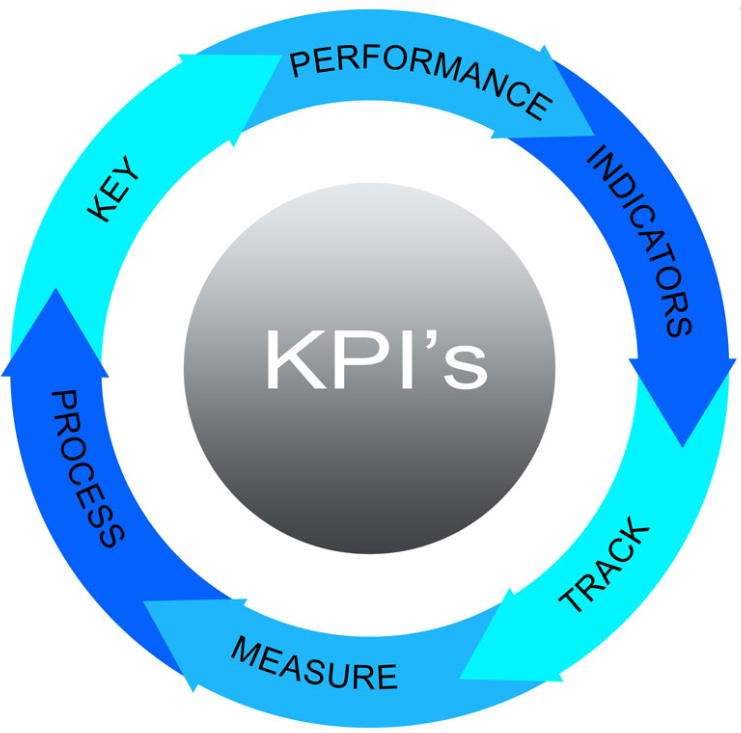Automation is appealing in any industry. In fact, a recent OECD study(1) showed that at least 14 percent of all jobs are currently capable of being automated, with plenty more on the way. One of the nearly universal places to start implanting automation is with procurement management. When considering the inevitable time lost to filing, reviewing and processing procurement documentation, it’s easy to see the vast opportunities for Approval Routing and Workflow automation to make an impact. But, knowing how much the new process has actually helped is challenging. It’s vital to have a systematic means to review the value of automation, and this is achieved by looking closely at the best KPIs for evaluating procurement automation performance.
Finances
Any investment requires an assessment of the bottom line. In reality, this idea will combine multiple KPIs into a single concept. Revenue, costs, profits and other money streams all have to be analyzed together to determine the ROI on procurement automation. While all of this is standard practice, it requires a significant effort to track all of these finances and correctly attribute changes to the new system — unless financial tracking is also automated.
The primary concept in a financial KPI is that it, too, must be automated. If not, the money gained in streamlining procurement will be lost in additional accounting. When financial tracking is automated, determining the value of the new system is simple, accurate and can even be assessed, and we cannot express the importance of this point; in real time(2).
Uptime and Downtime
Financial assessment is unavoidable, but it’s not the only KPI of value. It’s equally important to understand how the automation is impacting labor, productivity and the general workflow within the procurement process. Uptime and downtime are the root KPIs that enable this analysis.
Traditionally, uptime is a measure of the percentage of time a process is happening. In manufacturing, this would be the percentage of hours that production is engaged. In IT, it’s how much time technological resources are available. In health care, it would be a measure of the percentage of work hours that are spent in direct patient care.
In procurement, it’s easier to look at downtime. Downtime occurs whenever a manager has to spend hours signing orders. It happens when a worker has to file paperwork. Most of all, it happens whenever procurement bottlenecks because one stage has to wait on the productivity of the previous stage. How many hours are lost to waiting for an order to be signed and delivered?
It’s clear that automation eliminates downtime(3) by handling filing, delivering, and as many of these processes as possible with near-instantaneous speeds. When downtime is minimized, uptime is maximized, and that generates value for the automation process.
Customer Satisfaction
After all of this, there are two common KPIs missing from the list, and that is no accident. Company reputation and customer satisfaction are some of the most oft-cited KPIs across industries. It seems paramount to understand how the company is viewed by customers (or clients). While that is true, these KPIs are a trap for reviewing the performance of automation.
First, these are nebulous KPIs. It’s difficult to put a hard number on customer perception. More importantly, these indicators are tied to lag time. Customers cannot review their experience until it is complete. That lag time pulls these KPIs out of real-time analytics. It introduces wild variables to the equations and can obscure more powerful indicators of the success or failure of automation investments. When assessing something like procurement automation, it’s important to emphasize KPIs that can be directly measured, tracked and analyzed with high levels of precision.
The right KPIs demystify any assessment of procurement automation, but that happens later. Contact ISS Group to ensure that you get started the right way to streamline your procurement processes.
Sources:
1. https://read.oecd-ilibrary.org/employment/automation-skills-use-and-training_2e2f4eea-en#page1
2. https://www.forbes.com/sites/forbestechcouncil/2017/08/08/the-value-of-real-time-data-analytics/#3a0811ab1220
3. https://issgroup.wpengine.com/purchase-requisition-management-the-ipurchase-user-experience/




